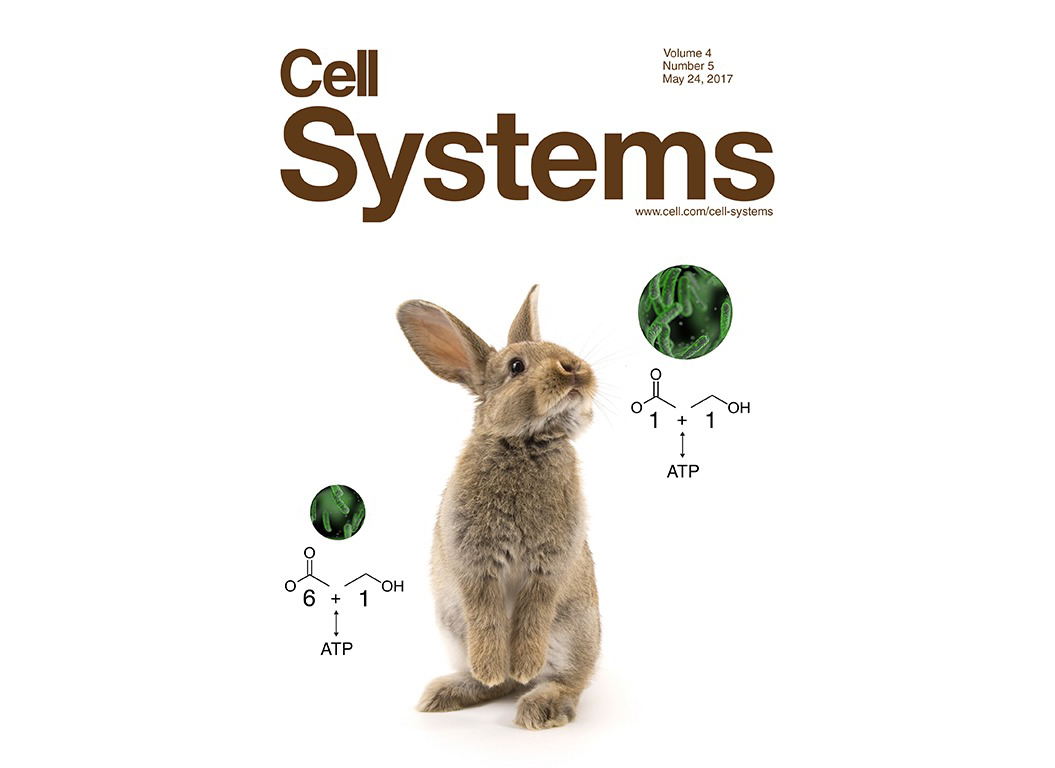 Researchers at the University of Queensland’s Australian Institute for Bioengineering and Nanotechnology and the US company LanzaTech have developed a computer model that harnesses ancient biology for carbon-capture biotechnology.
Researchers at the University of Queensland’s Australian Institute for Bioengineering and Nanotechnology and the US company LanzaTech have developed a computer model that harnesses ancient biology for carbon-capture biotechnology.
The research has now been published in the journal Cell Systems.
LanzaTech, a gas fermentation company, is particularly interested in a species of acetogen called Clostridium autoethanogenum, which was originally discovered in rabbit droppings. LanzaTech uses this acetogen as part of its carbon capture and reuse process, whereby industrial waste gases such as steel mill exhaust are converted into useful by-products like ethanol.
To achieve this, LanzaTech researchers and Dr Marcellin‘s team developed a computer model of C. autoethanogenum’s metabolic pathways.
Dr. Sean Simpson, Founder and Chief Science Officer at LanzaTech, said, “With operating data from fermentations happening at steel mills around the world, the team from The University of Queensland have made the most accurate model system published to date.”
“Our computer model is able to predict cellular metabolism of the microbe,” said Dr Marcellin. “This can help identify the best way to modify the organism so that it can capture green-house gases better and convert that carbon into desired products.”
Dr Koepke, Director of Synthetic Biology at LanzaTech said, “The model lets us predict what would happen if we knockout certain genes or overexpress other genes, or even introduce an entirely new pathway.”
“This opens the door to establishing acetogens as true platform biological catalysts that can convert a variety of carbon containing inputs into new products.”
Dr Marcellin agrees. “This advancement makes the development of genuine bio-based production far more attractive,” he said.
The next step is to now use the computer model to identify and modify gene targets in C. autoethanogenum,and then test the outcome both at LanzaTech and in AIBN’s gas fermentation facility.
In collaboration with world leaders such as LanzaTech, AIBN has established unique gas fermentation capabilities.
“The gas fermentation facility at AIBN is actually one of the few facilities outside of industry using instrumented fermenters and mass spectrometers for accurate gas data analysis,” said Dr Marcellin.
The facility is also supported by world-class support infrastructure, which includes theoretical and computational science and facilities that underpin capabilities in proteomics, metabolomics, biologics, stem cells, nanofabrication, and microscopy and microanalysis.
The collaboration between AIBN and LanzaTech is an excellent example of what can be accomplished: cutting edge technology is being coupled with ancient biology with the aim of reducing global greenhouse gas emissions.
Media: communications@aibn.uq.edu.au, +61 7 3346 3962; Dr Esteban Marcellin, e.marcellin@uq.edu.au, +61 7 33464298.



